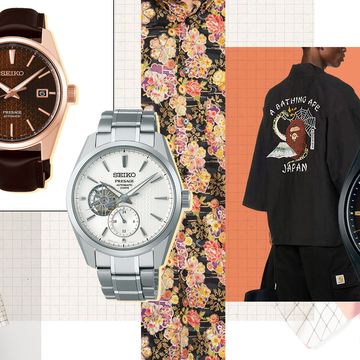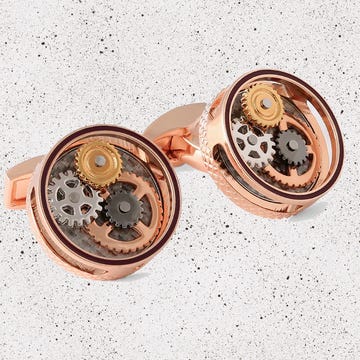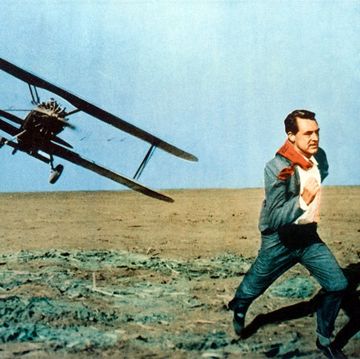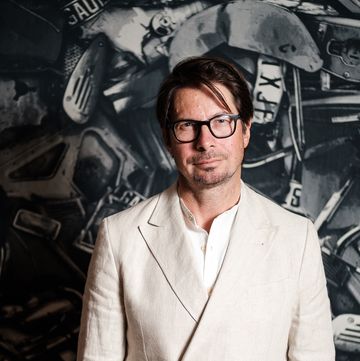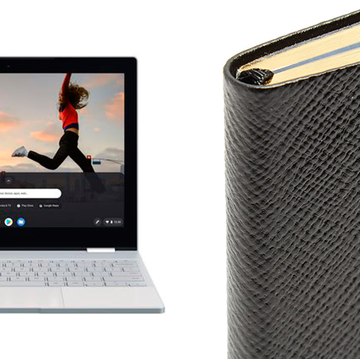Coachbuilders, a discrete band of companies that build bespoke bodies for luxury vehicles such as Bentleys, Lamborghinis and Ferraris, live in a golden upland of automotive wealth and beauty that most in the car industry will never reach.
Think Pimp My Ride, but on a truly breathtaking scale. That’s OK, because aspiration and throat-gripping desire are the platforms upon which these businesses share their work, via shimmering unveilings of their latest designs on the plush lawns of Pebble Beach, California, or the waterside setting of Villa d’Este, Lake Como.
Concours d’elegance such as these, plus the UK’s Salon Privé and the Cartier Style et Luxe at Goodwood, are where the hoi polloi can stroke the latest wonders built by coachbuilders such as Pininfarina, Bertone and Zagato for sheikhs and bankers – clients for whom a £230,000 Rolls-Royce Ghost is simply too pedestrian.
This year, Zagato is uppermost in everyone’s minds due to its 95th anniversary and collaboration with Aston Martin on the Warwickshire carmaker’s 2013 centenary. In March, it wowed the Geneva Motor Show with its DBS Coupé Zagato Centennial to go with the DB9 Centennial designed in 2013.
Established in 1919 by Ugo Zagato, the coachbuilder’s raison d’etre was “the construction and repair of bodies for automobiles and airplanes”. Nowadays, although its founding principles for designing and building cars remain “rationalism and functionalism”, they don’t do justice to the aesthetic allure of the work coming out of its design house north of Milan.
Take, for example, its iconic double-bubble roof, where two huge curves rise out of the metal. It’s a Zagato trait that typifies the subtle but striking art. It would be easy to go over the top on designs, to stamp the crazy slash of its trademark Z symbol into every surface and utterly transform the original car into a strong Zagato brand.
But that would be to ruin the appeal of coachbuilder designs, which is always based on subtle changes such as reworked tail lights, different exhausts and bespoke footwell carpets: changes that those in the know spot and appreciate.
The company manages to mix atelier culture with working for major automotive manufacturers such as Maserati, Alfa Romeo, Porsche, Rolls-Royce, Ferrari, Lancia, Jaguar and even, during the Sixties, Volvo. Zagato will pick high-end sports cars and produce either one-offs for the insanely rich, or a limited-edition collaboration with a marque, such as the 2011 Alfa Romeo TZ3 Stradale (of which only nine cars were constructed).
This year, the company plans to unveil its work at more than 20 different events across the globe, although the details are deliberately hazy as non-disclosure agreements between Zagato and manufacturers are paramount, given the bespoke and unique nature of each car they build.
A quick browse through the classified ads of the more specialist car magazines, however, shows the current value of Zagato-bodied Astons: a 1986 V8 Vantage Zagato, race-prepared and formerly owned by comedian and film star Rowan Atkinson, is yours for £350,000; while a DB4 Zagato – a 1960 DB4 rebodied to racing specification – will set you back £6m. The current V12 Zagato, of which 99 will be built out of carbon-fibre and handcrafted aluminium, costs a mere £396,000. Still, what price beauty?
Originally published in Esquire's Big Black Book. Download the digital edition here.
***
MORE CARS:
Is This The World's Coolest Estate Car?
The Coolest Cars From Films And What They Sold For
16 Things We'll All Miss When We're In Driverless Cars
***



